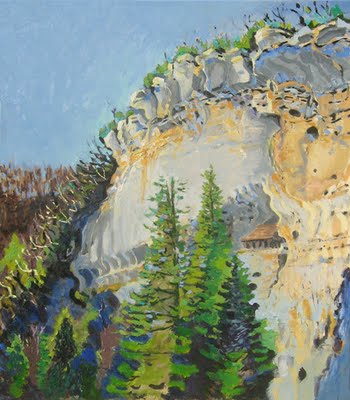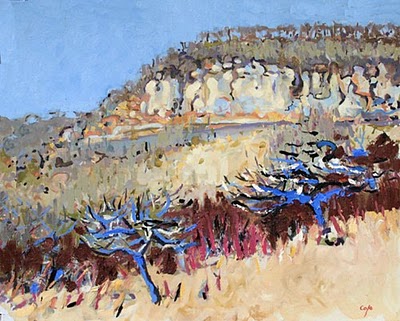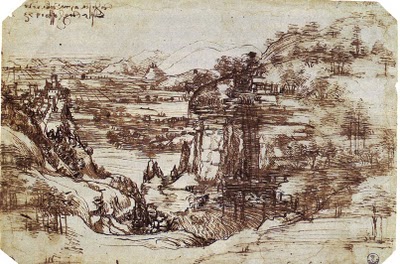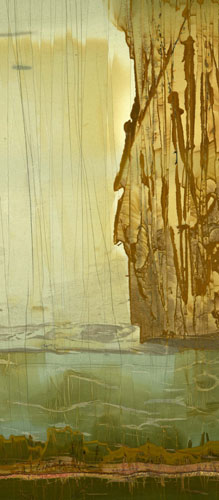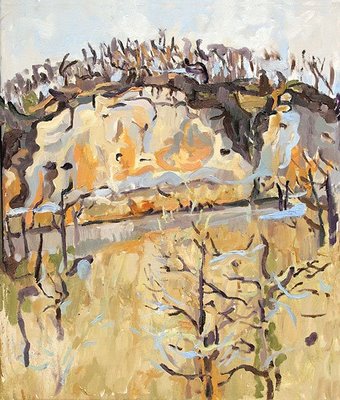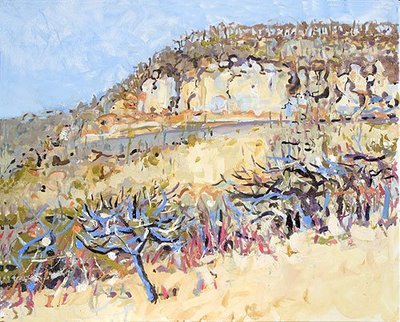A romance, a dream, a fantasy. These cliffs in Quercy Périgord, where the people of the Ice Age once lived. They mark my mental landscape, as they must have also made a deep impression on the minds of the hunter-gatherers. Romanticism attempts an affective fusion between person & her enviroment. Science attempts to practice detached…
Category: Rocks and Cliffs
Paintings of cliffs, art with rocks & stones. Watercolours of Vézère, Célé, Lot, Dordogne…falaise, rocher… vertical walls of stone
Stone Lithograph of a Stone Cliff . Dogen : Rock face as geological life
Stone lithograph of a cliff – “the elephant” ‘The Elephant’ – Drawing of a Cliff. Graphite, biro & watercolour. A3 © Adam Cope We, mankind, arose amidst the wandering of the ice and marched with it. We are in some sense shaped by it, as it has shaped the stones. Perhaps our very fondness for…
What does ‘Medium’ Mean in Fine Art Practice? The same view in three different mediums.
Interesting to see the same landscape view in three different mediums : drawing, watercolour & stone lithography. Different material, different effect. Each medium is good for certain effects. In the above three images,, watercolour is delicate colours & brushmarks, conté is so immediate & so fresh, lithography is good for a design, a powerful composition.…
Don’t Fall Off!
some watercolours from last autumn in the Célé valley. Vertigo? Impossible blue sky but true… yes true deep blue with only free wheeling birds 🙂 The blue sky that envelops us all… that evokes a sense of freedom in me 🙂
Grand Roc, Les Eyezies – large oil painting by Adam Cope
Big but not very good painting this ‘Grand Roc – Les Eyzies, Dordogne’ – Finished state Oil on Canvas 86,5 x 76 cm (approx 34 x 30 inches). © Adam Cope POST SCRIPT 2013 – i don’t think this a good painting. There’s still a challenge for me : how to paint the rocks &…
Karst Landscape – finished state
large oil painting… The bright spring sunlight has returned. Seeing it again gave me the prompt that I needed to finish off this large oil canvas fom last year. Sometimes a painting needs a year or two (even more sometimes) before it arrives at completion. See the work in progress & some commentary…
Leonardo Da Vinci : Rocky Landscape Studies in Pen & Ink
LEONARDO DA VINCI ‘Study of a Tuscan Landscape – Val d’Arno’ 1473 Pen & Ink, nib on vellum Approx 15 x 22 cm Uffizi Museum LEONARDO DA VINCI ‘Study of a Ravine in a Rocky Landscape’ C.1486 Pen & Ink, nib on vellum Approx 22 x 15 cm Windsor Leoni Volume Been looking again at…
Limestone macro photograph
“Paesina – ‘landscape’ – stone comes from Tuscany, Italy. A silty limestone formed during the Cretaceous period, it is marked by a 3D network of fine cracks through which groundwater diffuses bringing oxides of various minerals and creating the intricate, landscape-like colours and patterns” Photograph: Earth Images Ltd Interesting on-line exhibition of Earth Images Ltd…
Cliffs at St.Avit Senieur, Dordogne
‘Cliffs at St.Avit de Senieur, Dordogne‘ Medium Size Oil on Canvas 36 x 48cm (approx 18 x 15 inches). © adam cope Not long now untill the cliffs become dressed with a green canopy veil. ‘Sous le Ruth 1’ (dans le Vézère) Watercolour A3 © adam cope
Karst Landscape at the End of Winter
‘Karst Landscape’ unfinished state Large Oil on Canvas 81 x 65 cm (approx 32 x 26 inches) © The Artist.Detail Karst topography is a landscape shaped by the dissolution of a layer or layers of soluble bedrock, usually carbonate rock such as limestone. https://en.wikipedia.org/wiki/Karst ‘Les Anglais, Brenques’ (Célé Vallée, Lot) 1996 Ink, papier Moulin…

